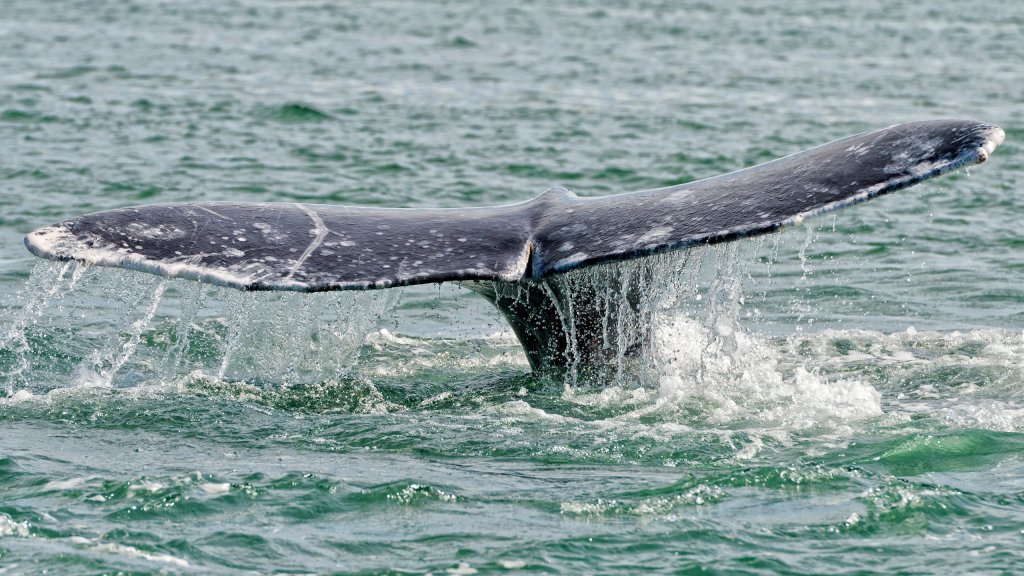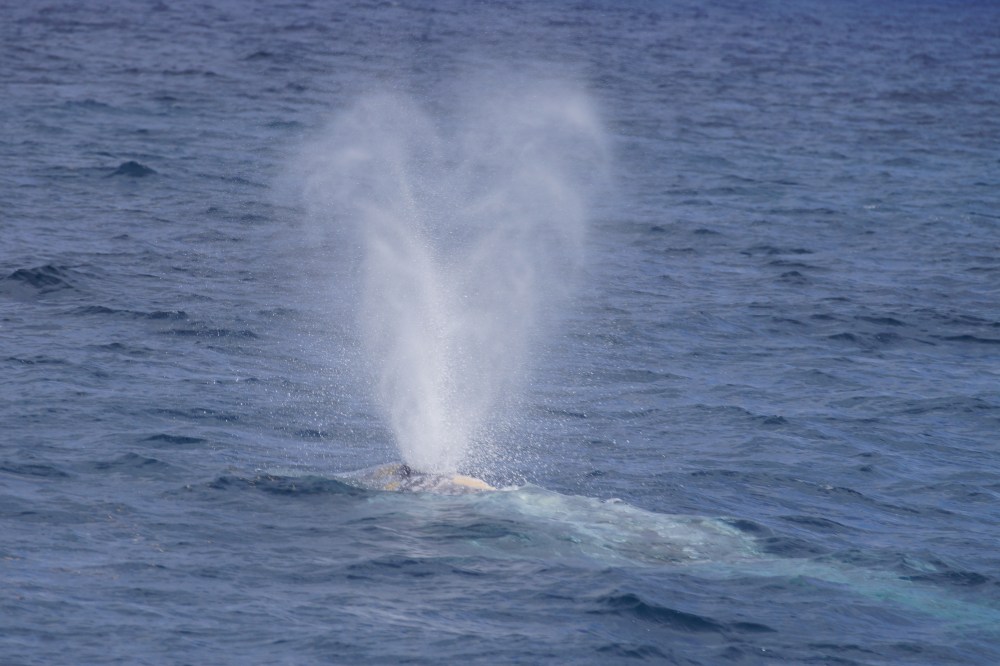Gray Whale Watching Season in San Diego

Whale watching is one of the most iconic outdoor experiences in Southern California, and gray whale season in San Diego is one of the best times of year to see these gentle giants up close. You can spot gray whales right from the shoreline or join a dedicated whale-watching tour that gets you close enough for spectacular, frame-worthy photos. Because different whale species migrate through San Diego at different times of the year, planning your trip around the gray whale migration gives you the best chance to experience one of nature’s greatest journeys. With nearly 26,000 gray whales traveling along the coast each year, this season is short—but unforgettable.
When Is Gray Whale Migration Season in San Diego?
The gray whale migration period begins in mid-December, typically just before Christmas. The first sightings can be unpredictable due to weather and ocean conditions, but by early January, the migration is in full swing as thousands of gray whales pass through San Diego on their southbound journey to Baja California’s warm birthing lagoons.
Peak season lasts from January through March, and migration slowly tapers off in April. Most years, the last whales are seen during the final week of April, although nature always allows for exceptions. Large migrations like those of gray whales tend to follow fairly consistent patterns year after year, which is why San Diego is considered one of the best whale-watching destinations in the world.
Why Gray Whales Migrate: Understanding Their Journey
If you’re planning a San Diego whale watching trip specifically for gray whales, it helps to understand why they travel such a long distance. Gray whales migrate up to 10,000–14,000 miles round-trip, one of the longest migrations of any marine mammal. They leave the nutrient-rich waters of the Arctic to travel south to the sheltered lagoons of Baja California where they mate, give birth, and nurse their newborn calves.
Calves are born with minimal body fat, so the warm, protected lagoons help them survive the first vulnerable weeks of life. After building strength, mother-calf pairs return north along the San Diego coastline, passing close to shore and offering incredible viewing opportunities.
Best Time of Day to See Gray Whales in San Diego
Because gray whales travel nonstop—day and night—the time of day doesn’t affect your chances of seeing them. Whale watching is excellent in the morning, midday, and late afternoon. San Diego’s coastal viewpoints make it easy to watch whales from shore at any time.
Popular gray whale viewing locations include:
- Torrey Pines State Reserve
- Cabrillo National Monument
- Birch Aquarium coastline overlook
These nature trails and lookout points provide multiple elevated vantage spots, making it easier to scan for distant blows, breaching behavior, or mother-calf pairs cruising along the surface.
Of course, if you want the closest, most reliable sightings, whale-watching tours—like those provided by Next Level Sailing—take you offshore, where gray whales frequently travel within just a few miles of the coastline. Professional captains and naturalists know exactly what behaviors and ocean conditions to watch for, making every trip a true adventure.

How to Identify Gray Whales During Migration
Since multiple species migrate through Southern California waters, it helps to know how to distinguish gray whales from humpbacks or blue whales.
Look for these gray whale identification features:
- A streamlined body with a long, narrow, tapered head
- Overall gray coloration with patches of barnacles and whale lice
- A low, bushy blow visible from a distance
- A series of knuckles along the back instead of a dorsal fin
- A slightly arched upper jawline
- Distinct dimples along the upper jaw
Unlike humpbacks, gray whales do not have a dorsal fin, and their spouts are shorter and more heart-shaped. They usually travel individually or in pairs, though small groups of 5–7 may occasionally be seen.
Shore Viewing vs. Boat Tours: What to Expect
San Diego’s coastal cliffs offer superb opportunities for spotting whales without ever leaving land. With a telephoto lens, visitors often capture impressive photos of whales spouting, surfacing, or slowly cruising along the migration path.
However, boat tours offer a completely different experience, bringing you eye-level with these magnificent animals while maintaining respectful, protected distances. On the water, you may observe behaviors such as spyhopping, fluking, rolling, or even curious whales approaching the vessel.

Why San Diego Offers the Best Whale Watching
San Diego is one of the top whale-watching regions in the world, not only because of its consistent gray whale sightings but also because of its collaborative whale-spotting network. All reputable whale-watching companies—including Next Level Sailing—work together on the water to help locate whales, ensuring passengers enjoy the best viewing opportunities possible.
Next Level Sailing has been in business for over 15 years and holds one of the highest sighting success rates for gray whales. Their experienced captains, knowledgeable crew, and dedication to marine respect make each journey unforgettable.
Book Your Gray Whale Watching Tour Today
Whether you’re a local or visiting for the first time, witnessing gray whale migration in San Diego is a breathtaking experience. With peak season happening from December through April, now is the perfect time to plan your whale-watching adventure. Join Next Level Sailing for an up-close, responsible, and awe-inspiring encounter with one of the world’s most iconic migrating species.
Ready to experience the magic of gray whale season?
Reserve your whale-watching trip today and see why San Diego is the #1 place to witness this extraordinary migration.
